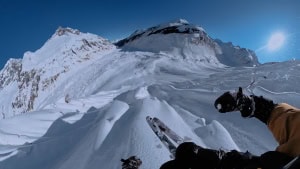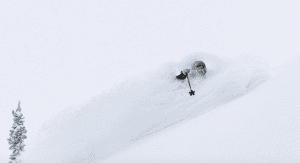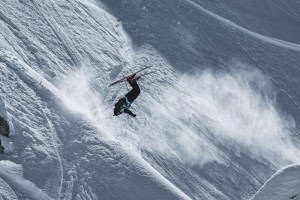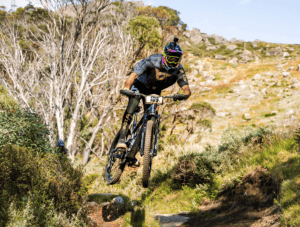The Changing Face Of Whistler
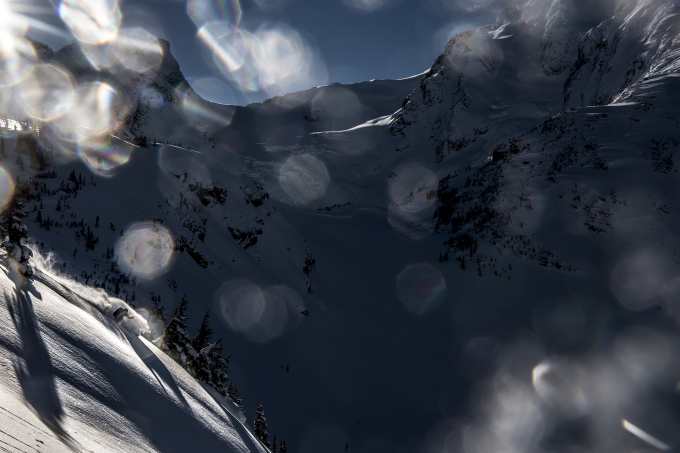
Mountainwatch | Nat Segal
It’s December 30, smack bang in the middle of the Christmas holidays. An unseasonably cold front has been hanging over Whistler for the last few weeks. Anna Segal (my sister) and I are jumping from ski boot, to ski boot, trying to shake off the frosty temps of the morning line-up at the Creekside Gondola. Albeit late, our Christmas presents finally arrived the previous evening in the form of 30 centimetres of cold powder. We are only ten metres shy of the start of the queue, manageable for a powder day, until you turn your head slightly to the left or the right, where out of the corner of your eye a long line snakes all the way back to the car park.
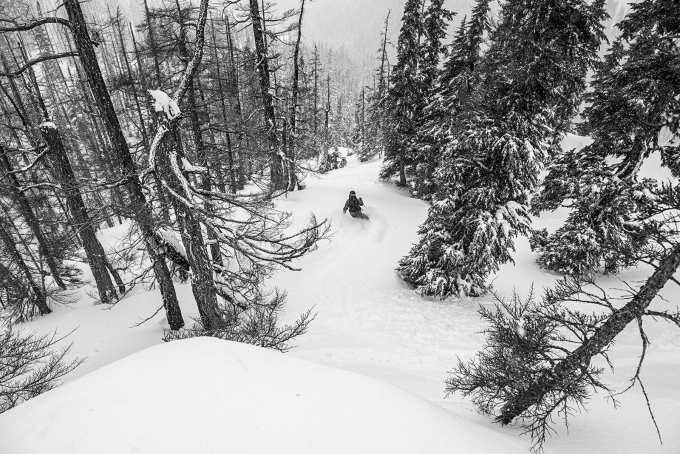
Prior to my first visit to Whistler, this is what I had expected. A stock, standard, overcrowded ski resort, long queues full of other Australians and line-ups all day. While I had heard the terrain was extreme and the powder snow endless, I wasn’t interested in battling hundreds of other frothers for the occasional powder turn. There were so many other places to explore. I was jaded before I even hit the lift line and as a result I avoided Whistler at all costs.
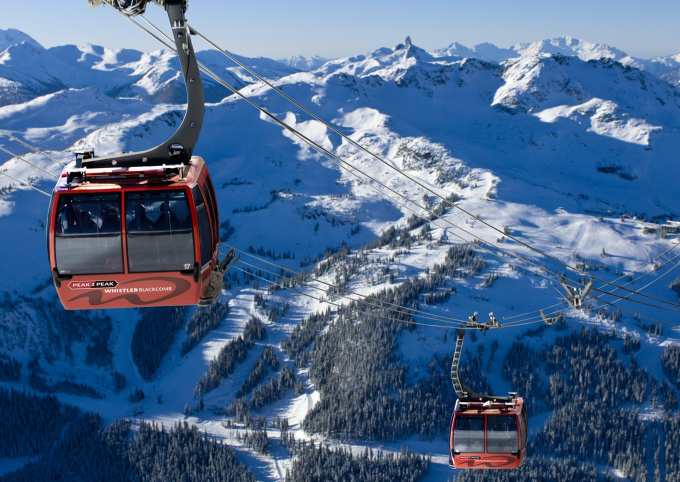
As a kid, Whistler featured in all my favourite ski movies and magazines. The 80s and 90s were the wonder years. While snowboarding was banned in some resorts across North America in the 80s, Whistler welcomed the sport with open arms. It was a hotbed for progression. From park jumps to pillow lines and exploration into the backcountry – it was the place to be.
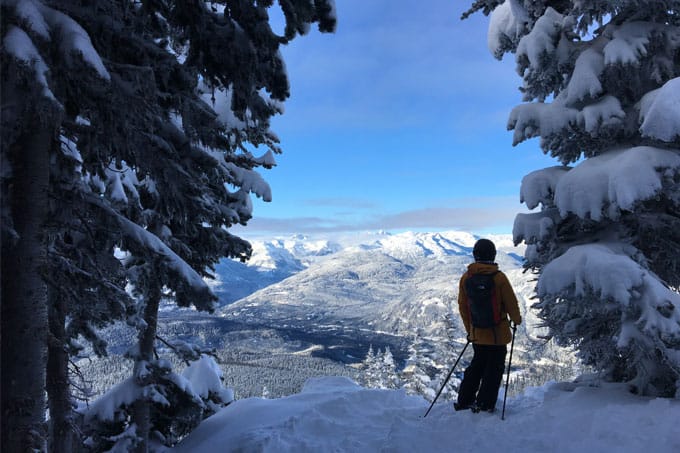
In many ways, not that much has changed. The number of professional and die-hard skiers alike pushing the sport in the area, both in and out of bounds, has, if anything, grown. But as Whistler Blackcomb expanded to claim status as the “biggest ski resort in North America”, the battle between core riders, recreational skiers and tourists has, pardon the pun, snowballed.
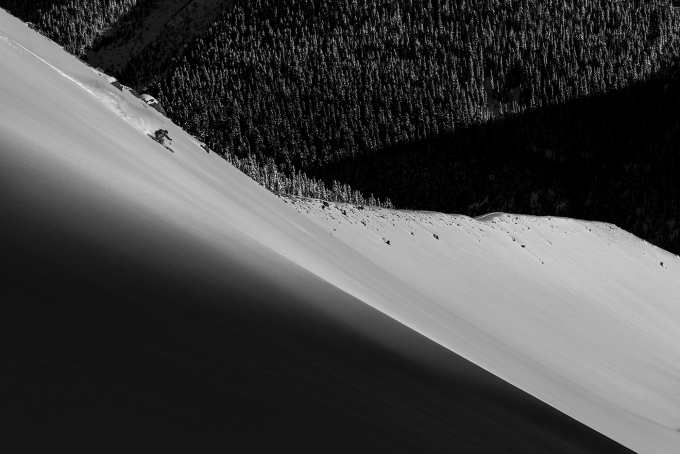
This growth was not unexpected; from the beginning, the goal of building the resort was based around securing a spot as host for the Winter Olympics. Whistler Blackcomb was always focused on attracting crowds and while the recent sale to Vail Resorts comes across to many locals and core visitors as a huge “sell-out”, what is apparent after speaking with several long-term Whistler ski bums is that the resort and area have been headed in this direction for a while now. For the last three years consecutively, Whistler has smashed its own records of visitors per season. The resort was growing out of its old shell long before Vail purchased it in 2016.
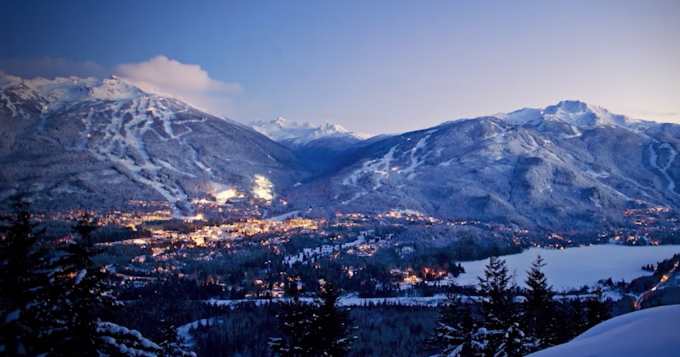
It brings me back to the lift line, where Anna and I patiently wait. Despite living in Whistler for three years, Anna is by no means a local.“You flew here, we grew here” is a phrase that I often heard jokingly thrown around while visiting. The fact is only a small number of people I met skiing in Whistler were locals. Born local or not, it is clear that the changing face of Whistler Blackcomb has impacted the core ski and snowboard community.
But when one door closes, another opens, and this one is pushing a whole different style of skiing.
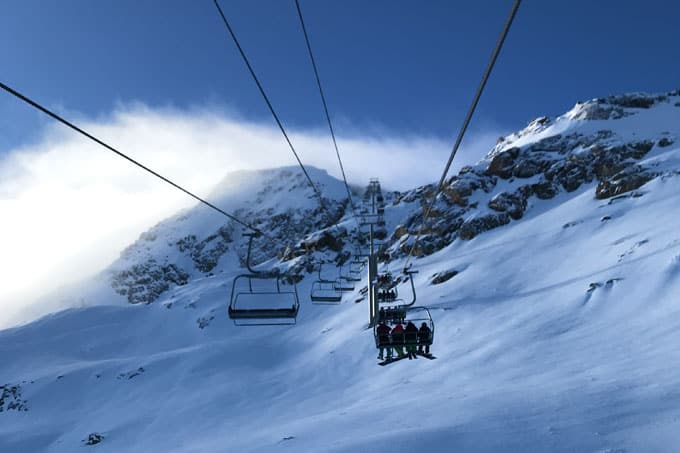
As the busy season ramps up inbounds, many choose to sample the backcountry delights off the side of the resort and along the Sea to Sky Highway. Pick your addiction; sled skiing, early morning marches into Duffey Lake Provincial Park or visits to the cosy comforts of Journeyman Lodge, the adventure opportunities are endless. The most exciting addition will be the Spearhead Huts project, which involves the construction of several huts along the Spearhead Traverse that can be accessed just outside the boundaries of the resort. European-style traverses in the heart of the Coast Mountains.
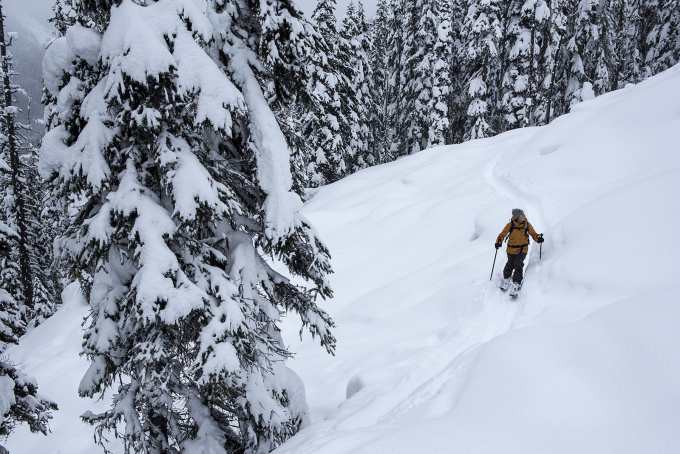
So here we are, back in the lift line, doing exactly what I refused to do ten years ago when I started doing overseas ski seasons. The fact of the matter is, despite the crowds, the difficulty of finding accommodation, the expensive lift prices and sometimes ridiculously overpriced food, the skiing in Whistler Blackcomb is incredible. The terrain is steep, the snow is deep and there are nooks and crannies you could spend a lifetime exploring.
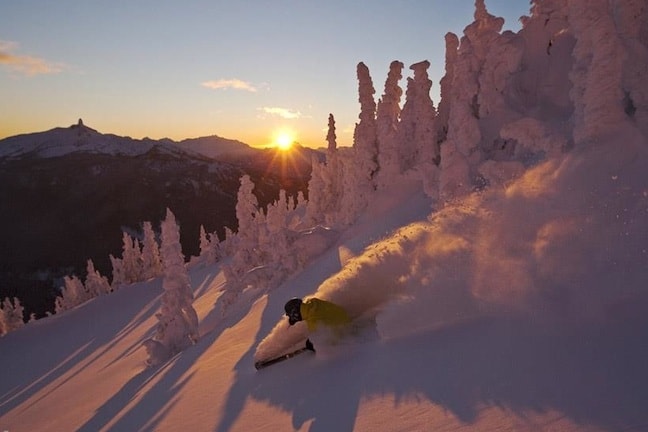
The line starts to move and we are quickly pushed up against our neighbours as we jam together towards the ticket turnstile. Anna directs me left and right, hustling me to the quickest side of the line (she might not be a born and bred local, but she knows how to queue). Up Creekside, over to Red chair and straight onto the Goat Path where we put in a fresh boot-pack up and then down through steep gladed trees. Two runs later, we make a risky decision and head over to the Peak chair and wait for it to crack. We strategically choose the singles line and shuffle up close to wait. Bombs sound, ski patrollers make a glorified descent in front of a hooting and hollering crowd and amongst all this madness Anna and I find ourselves on one of the first chairs. Hours later our appetite for fresh pow has been satiated and we get ready to head back to the car, dodging ski school snakes and smiling all the way.
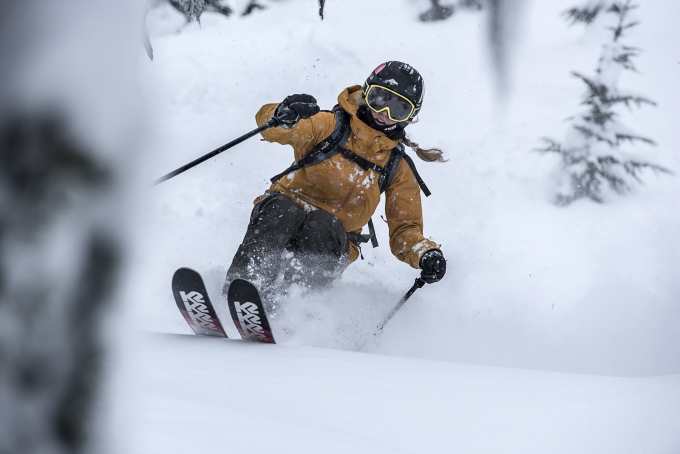
This is the Whistler of my teenage dreams. No, I didn’t factor in the frustrating things that come with skiing a large ski resort and no, I didn’t send it off the infamous Whistler cliff drop, Air Jordan, but both negative and positive expectations aside, it was a pow day I won’t quickly forget.
